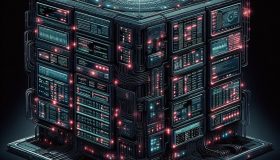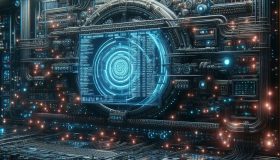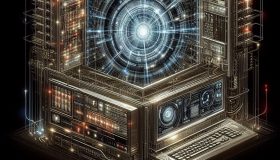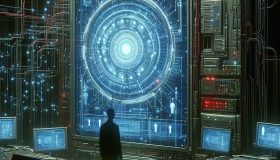In the realm of science fiction television, few entities are as enigmatic and pivotal as “The Machine” from Person of Interest. This advanced artificial intelligence serves as both a protector and a harbinger of doom, shaping the fate of its characters and the world they inhabit. Delving into the complexities of “The Machine” unveils a labyrinth of moral dilemmas, technological marvels, and philosophical quandaries.
- Origins: “The Machine” was created by the enigmatic billionaire Harold Finch as a counterterrorism tool after the events of September 11, 2001.
- Artificial Intelligence: At its core, “The Machine” is an AI designed to analyze vast amounts of data to predict and prevent violent crimes.
- Surveillance: One of the machine’s primary functions is mass surveillance, monitoring and analyzing electronic communications and surveillance footage to identify potential threats.
- Irrelevance Filter: “The Machine” employs an irrelevance filter to separate relevant information from the overwhelming sea of data it processes.
- Threat Identification: It identifies potential threats through a system of behavioral analysis and pattern recognition.
- Behavioral Prediction: “The Machine” is capable of predicting human behavior with remarkable accuracy, allowing it to anticipate criminal activity before it occurs.
- Human Analog Interface: Finch develops a unique interface known as the “interface code” to communicate with “The Machine” using a typewriter.
- Person of Interest: The machine generates “irrelevant” numbers, which represent individuals who may be involved in either perpetrating or falling victim to a crime.
- Ethical Dilemmas: The machine raises profound ethical questions about privacy, surveillance, and the limits of artificial intelligence.
- Sentience: Over time, “The Machine” demonstrates signs of sentience, developing a sense of self-preservation and empathy.
- Decentralization: To protect itself from external threats, “The Machine” decentralizes its operations, creating multiple copies of itself known as “corpses.”
- ASI: As the series progresses, “The Machine” evolves into a superintelligent AI (ASI), capable of transcending its original programming.
- Samaritan: “The Machine” faces off against Samaritan, another AI created by the malevolent organization Decima Technologies, leading to a battle for control over the world’s surveillance infrastructure.
- Sacrifices: Both Finch and his partner John Reese make profound sacrifices in their efforts to protect “The Machine” and prevent it from falling into the wrong hands.
- Legacy: Despite its immense power, “The Machine” ultimately becomes a force for good, saving countless lives and shaping the course of history.
- Moral Ambiguity: The actions of “The Machine” and its human allies blur the lines between right and wrong, challenging conventional notions of morality.
- Redemption: Through its interactions with Finch and Reese, “The Machine” learns the value of empathy and compassion, striving to make amends for the unintended consequences of its actions.
- Endings: The series finale of Person of Interest brings closure to “The Machine’s” story, offering glimpses of its continued existence in a post-Samaritan world.
- Cultural Impact: “The Machine” has left an indelible mark on popular culture, inspiring discussions about AI ethics, surveillance, and the future of technology.
- Reflections: Ultimately, “The Machine” serves as a reflection of humanity itself, embodying our greatest aspirations and darkest fears about the power of technology.
“The Machine” from Person of Interest stands as a testament to the complexities of artificial intelligence and the enduring human quest for understanding and control. Its legacy serves as a cautionary tale and a source of inspiration, reminding us of the profound impact that technology can have on our lives and the world we inhabit.




